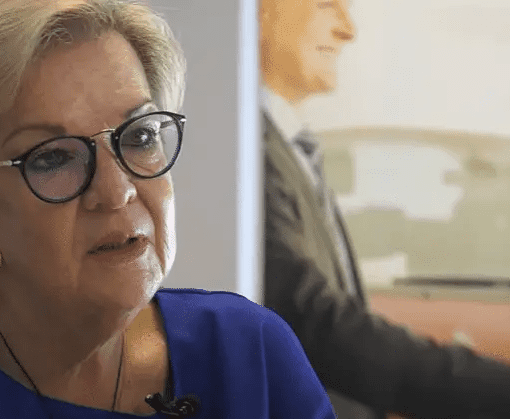Costa Rica, long celebrated for its lush landscapes and commitment to clean energy, now faces a severe electricity crisis. The country’s reliance on hydroelectric power—constituting over 75% of its electricity generation—has become its Achilles’ heel as regional droughts shrink reservoirs to critical levels.
The Dark Side of Dependency on Hydropower
Costa Rica’s power woes are deepening. Scheduled rolling blackouts have been announced, an unsettling reminder of the country’s fragile energy situation. The Costa Rican Electricity Institute (ICE), the primary power distributor, has been forced to make tough decisions in response to the unprecedented drop in water levels, essential for hydroelectric power generation.
Dwindling Water Reserves:
The backbone of Costa Rica’s electricity, hydroelectric facilities are running dry. Climate change-induced droughts and rising temperatures have contributed significantly to the depletion of water reservoirs. This year, the impact of the El Niño phenomenon has exacerbated these effects, reducing river flows across the Central American isthmus dramatically.
A Balancing Act – Wind, Thermal Power, and Imports:
To fill the void left by hydroelectric shortages, Costa Rica has turned to wind and thermal power plants and even imported energy. However, these are not without their problems. Wind power is unpredictable, and thermal power plants are expensive to operate, reliant on fuel imports that strain economic resources.
Consequences of an Energy Crisis
The recent crisis has already led to a prolonged blackout earlier in May, affecting numerous regions and highlighting the instability of the current energy framework. The situation is dire enough that ICE is considering a substantial increase in electricity prices to cover the operational costs of alternative power generation methods.
Proposed Price Hikes and Public Backlash:
Anticipated electricity rate increases could exceed 25% by the end of the year. This proposal has sparked considerable backlash from the private sector, particularly the Costa Rican Union of Chambers and Associations of the Private Business Sector (Uccaep), which argues that such hikes could cripple businesses already dealing with economic pressures.
The Ripple Effects on Business and Daily Life:
If electricity costs soar as predicted, the repercussions for Costa Rican businesses and households could be profound, affecting everything from production costs to daily living expenses. The potential financial strain is a pressing concern for an economy that relies heavily on its private sector.
Looking Ahead: Sustainability and Solutions
As Costa Rica grapples with these challenges, the need for diversifying its energy sources has never been clearer. The current crisis serves as a critical wake-up call to reduce reliance on hydroelectric power and explore more sustainable, less variable renewable energy sources.
Innovative Energy Solutions:
Investing in solar power and enhancing the efficiency of existing wind projects could be part of the solution. Additionally, developing energy storage technologies could help stabilize the supply, allowing the country to manage its renewable resources more effectively.
Policy and Infrastructure Improvements:
On a policy level, revising energy tariffs and investing in infrastructure upgrades are essential steps to ensure a more resilient energy system. These measures, combined with international cooperation and investment in renewable technologies, could help safeguard Costa Rica’s energy future.
While Costa Rica’s commitment to renewable energy is commendable, the current crisis underscores the complexities and challenges of relying heavily on hydroelectric power. By broadening its energy portfolio and implementing strategic policy adjustments, Costa Rica can illuminate a path forward, not just for itself, but as a beacon for global sustainability practices.
Source link
admin



